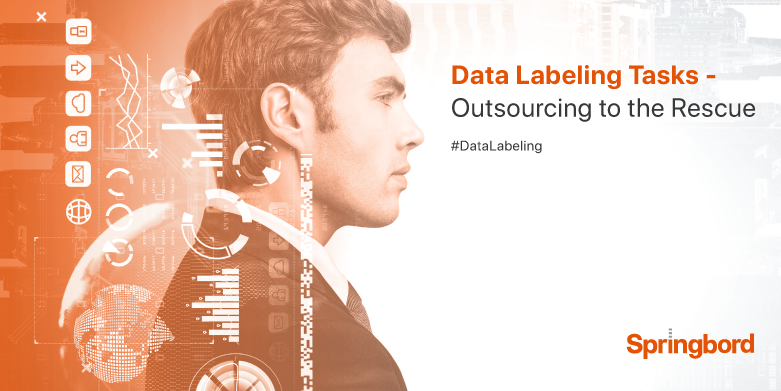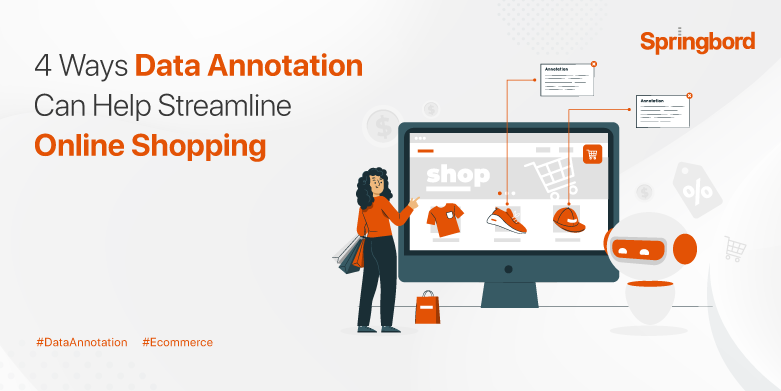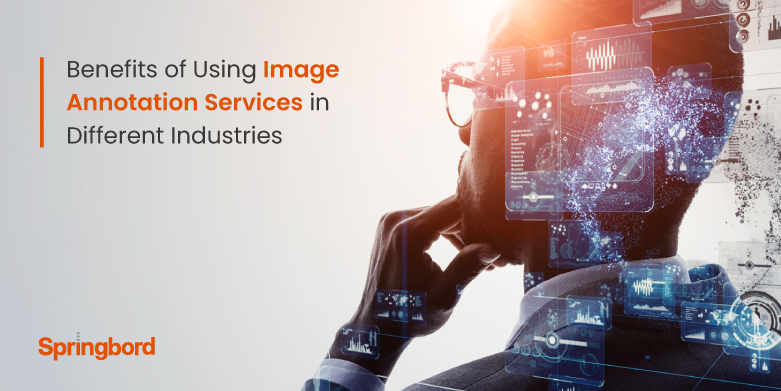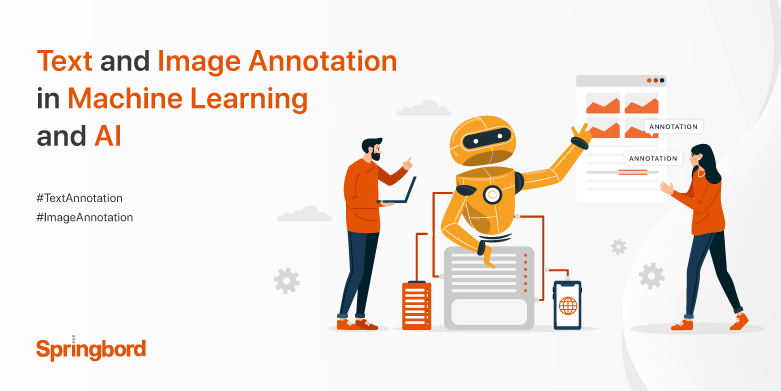Data labeling makes the work of ML programs much easier and more accurate. That is why it is crucial in supervised machine learning. For any business that depends too much on data, Machine Learning (ML) provides a new and different approach, which gives a neatly and precisely annotated dataset to train the models. The process
Many industries are trying to adopt new technologies that could make their work easier, more efficient, and cost-effective. That is how Artificial Intelligence (AI) and Machine Learning (ML) come into play. These two technologies are already used in many industries such as health care, finance, entertainment, automobile, e-commerce, etc and they will soon create a
Data labeling is integral to powering machine learning models. Accurate labeling and classifying of data is key to facilitating the efficiency of processes. Changing demands of machine learning models make it necessary to scale up or scale down data annotation regularly. While some companies choose to set up in-house teams to label data, others prefer
Customized solutions are the way forward in the world of business, and e-commerce is no exception to this. Machine learning, artificial intelligence (AI), and data annotation have come together to benefit customers and sellers alike. In this scenario, computer vision models have come to the forefront to simplify the process of choosing from huge online
Image annotation is integral to machine learning and artificial intelligence, especially when using computer vision (CV) models. It is the process where images of a particular dataset are labeled to help train a machine learning model. Different image annotation techniques such as polygon annotations and bounding boxes can do this. The benefits and importance of
Businesses are embracing Machine Learning (ML) and Artificial Intelligence (AI) for text and image annotation because of the accuracy, speed and comprehensiveness these services provide. In addition, these services eliminate the risks associated with managing data diversity, reducing bias and scaling. The annotation process begins with marking up a dataset and its characteristics with a
Both automation and human factors play a crucial role in the success of any data labeling or annotation projects. The groundwork involved in building these projects is time-consuming, complex and expensive. To a large extent, the success of any such projects depends on data scientists, data engineers and data modelers. In fact they are the
Companies that rely on internal teams or automation to annotate data often find it difficult to manage increasing workloads and yet assure the same quality, speed, and security. Automation is the first casualty in such instances. Why? A lot of time is spent on perfecting algorithmic models to accurately match complex behavioral patterns and make









